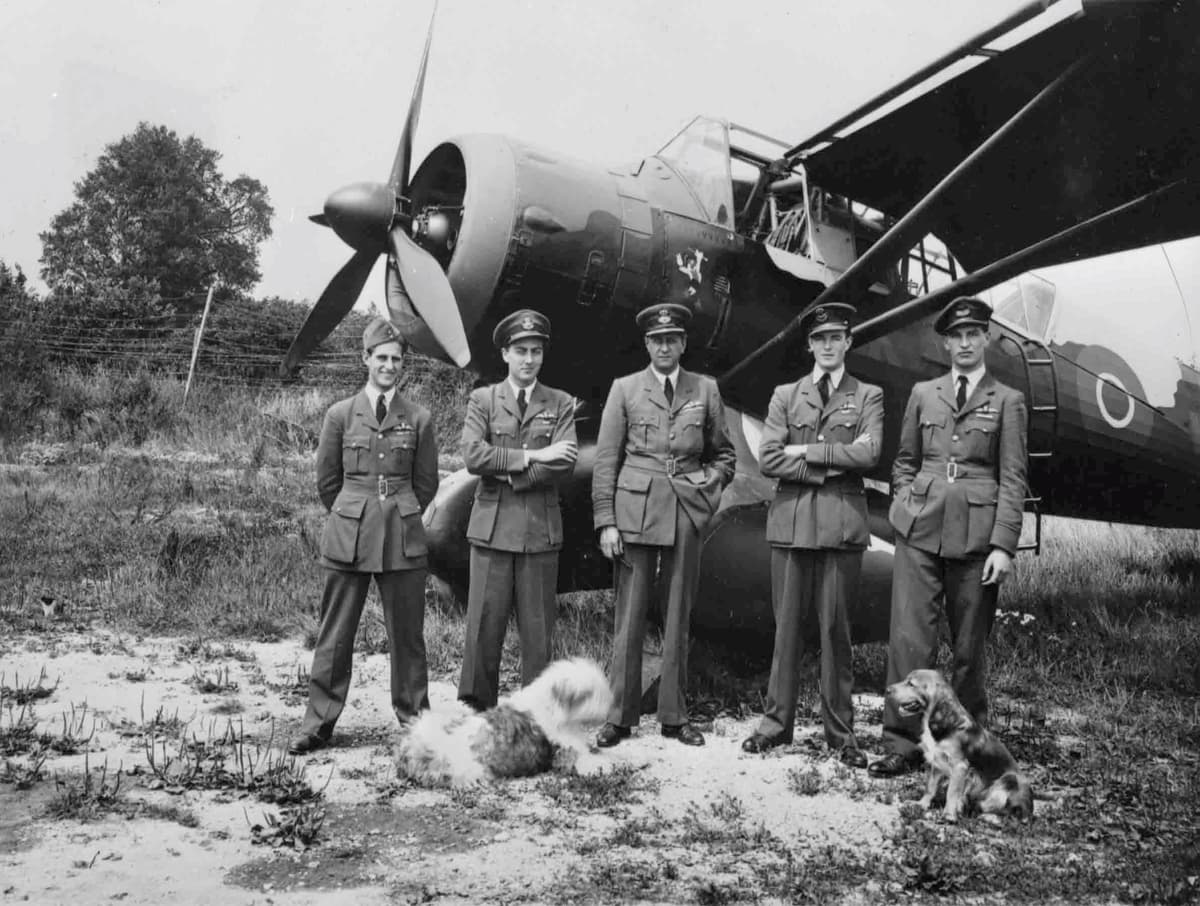
Mar
3
Lunchtime Lecture (London): The Contribution of the RAF's Special Duties Squadrons to the "Secret War," 1940-1945
By RAF Museum
0
days
0
hrs
0
min
10
sec
hosted by
RAF Museum
share
Lunchtime Lecture (London): The Contribution of the RAF's Special Duties Squadrons to the "Secret War," 1940-1945

Mar
3
By RAF Museum
0
days
0
hrs
0
min
10
sec
hosted by
RAF Museum
share